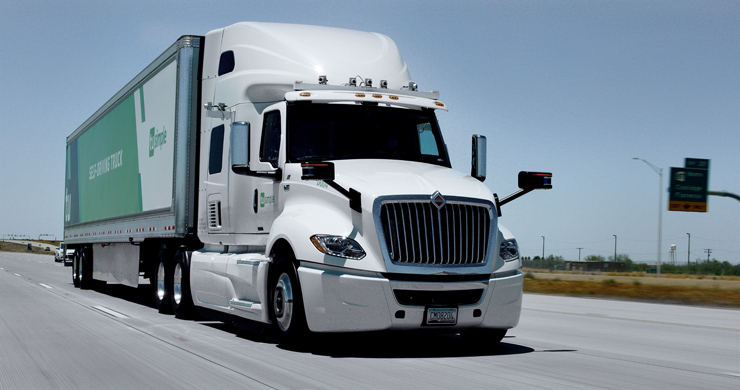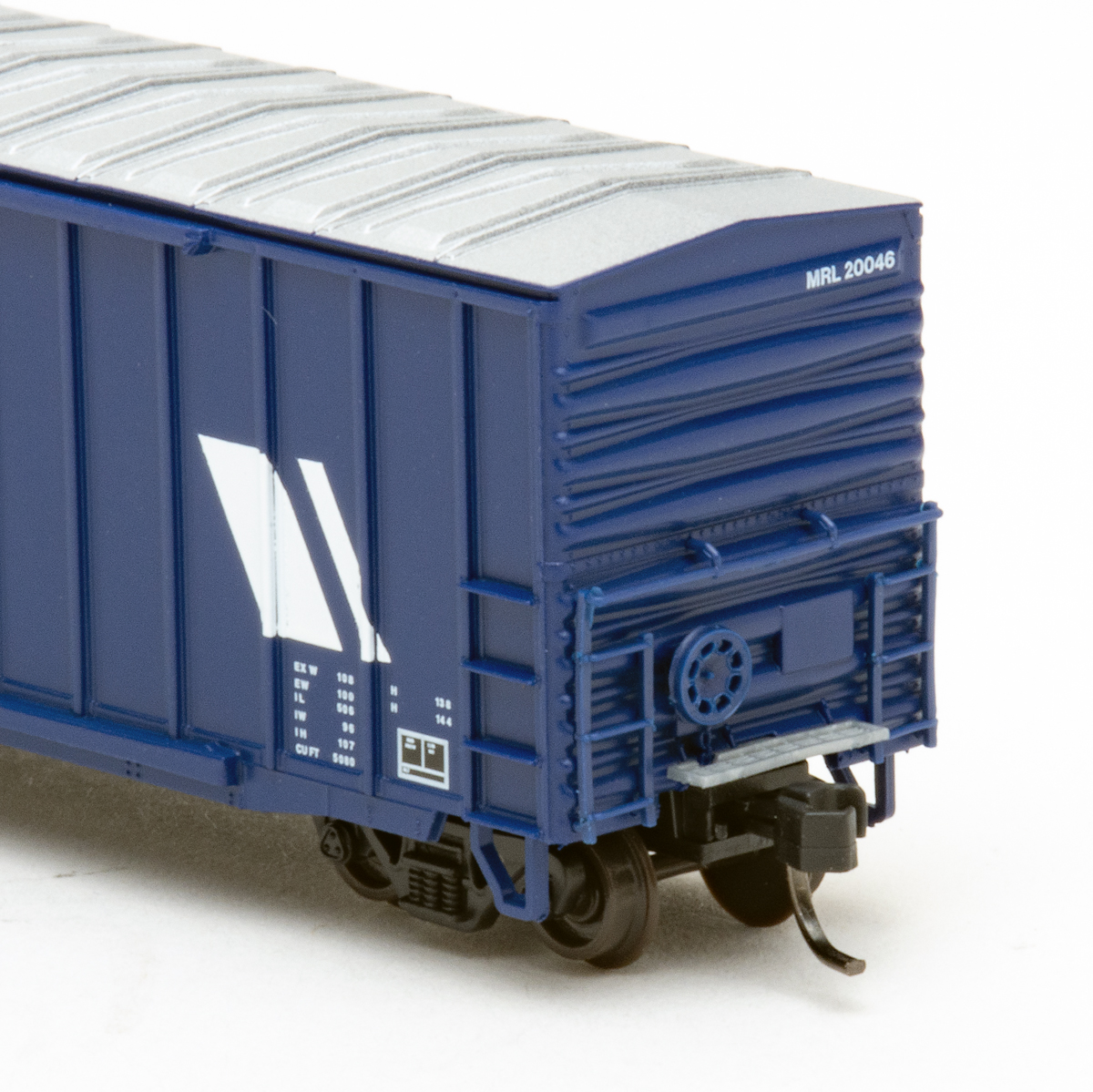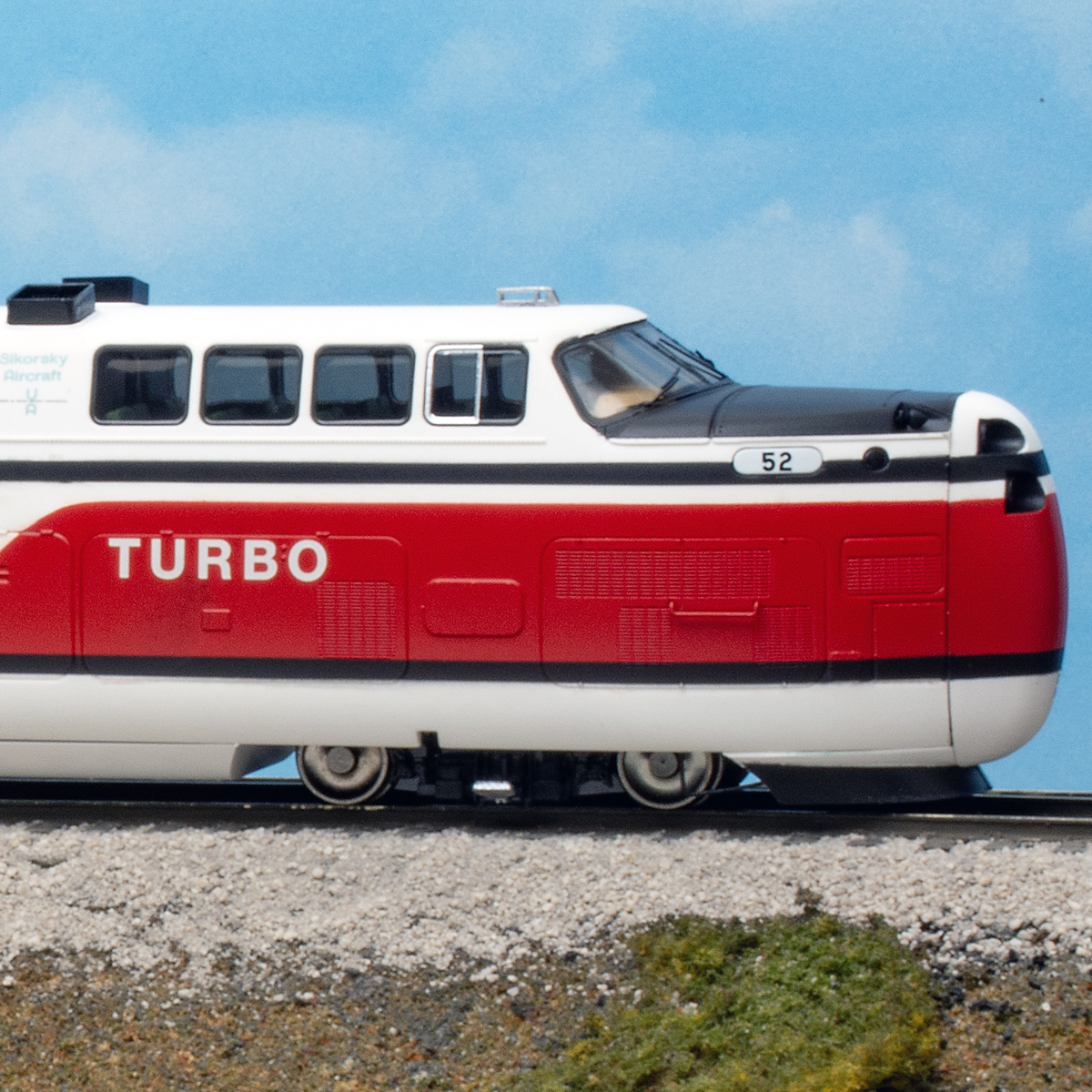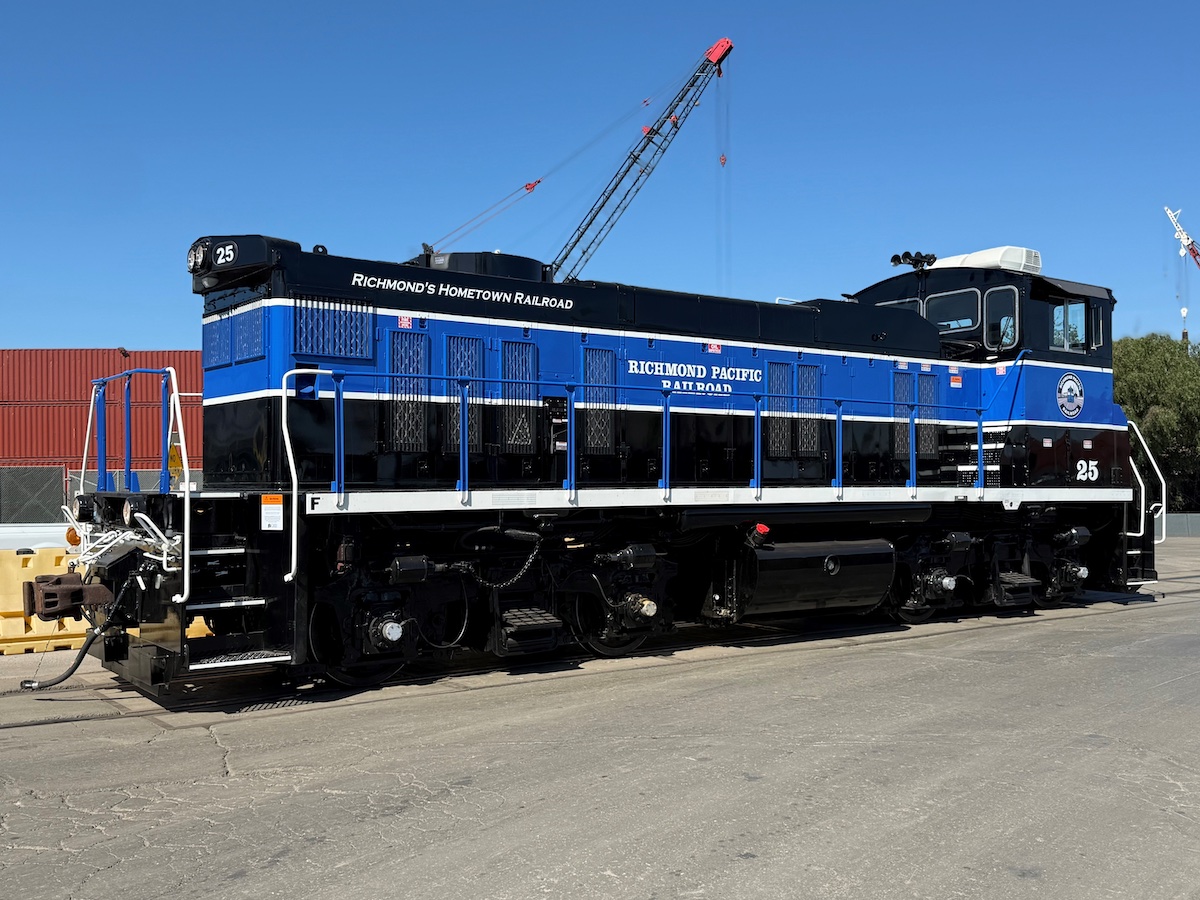
OMAHA, Neb. — How can railroads compete with autonomous or electric trucks that would dramatically reduce the cost of trucking?
“Ultimately, our answer to autonomous trucks is autonomous trains,” Union Pacific CEO Lance Fritz says. A first step toward automation is reducing crew size where feasible, Fritz said during the railroad’s investor day Tuesday.
UP invested in autonomous truck company TuSimple in December to keep tabs on the technology, and so it can test driverless rigs for intermodal drayage service, Fritz says. TuSimple, which runs autonomous trucks in the Southwest with a driver aboard who can step in if necessary, plans to make its first driverless revenue move this fall.
Analysts say that autonomous rigs could threaten nearly a third of the traffic that currently moves by rail. Electric trucks are significantly cheaper to operate than diesel rigs and are likely to arrive sooner, and in greater numbers, than driverless rigs, according to consulting firm Oliver Wyman. Either would erode rail’s cost advantage over trucks.
“Using the positive train control platform we’ve already invested in, we believe the ability to reduce crew size is in our future,” Fritz says. “This provides for a safer and more sustainable method of transportation. Certainly, from a public safety standpoint, running an autonomous train on a fixed track seems much safer than running 18-wheelers without drivers on our highways.”
National negotiations between the Class I railroads and rail labor are in their second year. Reducing the size of train crews from two to one is on the table. Unions have long opposed further reductions in crew size and have argued that moving to autonomous trains would pose service and safety issues.
“We are committed to at least engaging seriously in the conversation about getting to a crew consist deal, where when we are prepared on the right territory, we can reduce the number of people in the cab of the locomotive to match the work,” Fritz says.
UP envisions using ground-based roving conductors who would be responsible for several trains within their service territories. “We think that’s got a lot of positives to it,” Fritz said on the railroad’s earnings call last month. “First and foremost is a lifestyle improvement for half the cab of the locomotive in that circumstance.”
Instead of working unpredictable hours in the cab, he explains, conductors would instead work regular shifts and sleep in their own beds every night. And UP would see its crew costs fall.
Fritz says UP must do three things to maintain the railroad’s cost advantage against autonomous trucks: Go to one-person crews and eventually autonomous operation; reduce fuel consumption; and ensure the railroad’s transportation plan is as efficient as possible.
“All three of those are going to keep us in front of trucks,” Fritz says.














I think that UP can’t compete with trucks is a smokescreen to get rid of labor. A 200 car doublestack intermodal train is the equivalent of 400 trucks which are being moved by 2 crewmen. I don’t know how many crew changes it takes to go from Long Beach to Chicago, maybe 10? They are moving 400 trucks worth with 20 crew.They are still way under trucks on labor costs. It’s the history of railroads always looking to cut labor. That’s why the Chinese immigrants built the railroad, they were cheap labor. If they can eliminate another crewman, they are just rubbing their hands on the way to the bank.
I am curious if the sensors on the locomotives will be sensitive enough to detect
and determine the differences and what to do when they strike a vehicle, a deer, or a person. There will probably be longer delays and blocked crossings since no one on board can tell the police investigators what happened. Police will probably want downloads of the cameras, etc. before they will release the train.
I assume people still use trains to commit suicide as they did back in the days when I worked for the railroad.
I’m a twenty plus year truck driver, and a former railroad employee, and I just don’t see driverless trucks being anywhere near the issue some would have you believe. While it’s true that the capability is there, I just don’t think the reliability is there yet. Every few weeks there is a new story of a driverless cars being involved in some new wreck, so there not much chance of a 40 ton vehicle being released on the public until the technology is MUCH more reliable. Just one single wreck with an autonomous truck would destroy the company that owned it. This is, however, just my opinion. I could be wrong.
UP talks about “roving” conductors. I wonder how they can get a roving conductor to a train in the feather river canyon and many other remote row areas. We hear of the smart energy management locomotive systems causing knuckle failures. So much for economies. I am very skeptical. UP between Chicago and Ogden, should be easy but there are many places that the 2nd individual on board is needed.
If a 10,000′ freight train is threatened by autonomous trucks, I’m not sure halving the crew size from 2 men to one (or replacing both men in the cab) is going to alter the equation much.
RRs will have to do more than run autonomous trains to be competitive with autonomous trucks. Labor is a much larger share of trucking cost than rail cost, so going autonomous will reduce the cost of truck shipment a lot more than the cost of rail shipment. Likewise, fuel is a much larger share of trucking cost than rail cost, so going electric will reduce the cost of truck shipment a lot more than the cost of rail shipment. Where else can RRs save money to remain competitive? I have 2 suggestions.
The total ROW cost of rail shipment is probably a lot lower than by truck but trucking’s ROW cost is heavily subsidized by governments. RRs will need to push for a level playing field more than ever.
Also, autonomy provides opportunities to farther reduce costs and improve service. RRs have been continually increasing train length to spread out the labor cost over more carloads. With no labor costs, trains can be much shorter. Most trains could be mini unit trains, eliminating the need for most yards, which would save a lot of money and allow much faster service. Freight cars could be lighter as they wouldn’t need to be able to withstand the force of 200 cars of slack action, reducing fuel consumption. Short trains could run faster, providing faster service. Passenger trains could run with the faster freights without a lot overtake meets. On single track lines, trains could run as fleets in each direction to allow meets. By not coupling the “fleets” into long trains, each could run directly from origin to destination without wasting time and money in yards.
I knew this was coming after reading Mr. Stephens’ article citing UP’s investment in TuSimple along with CN’s CEO Ruest taking a seat on TuSimple’s advisory board.